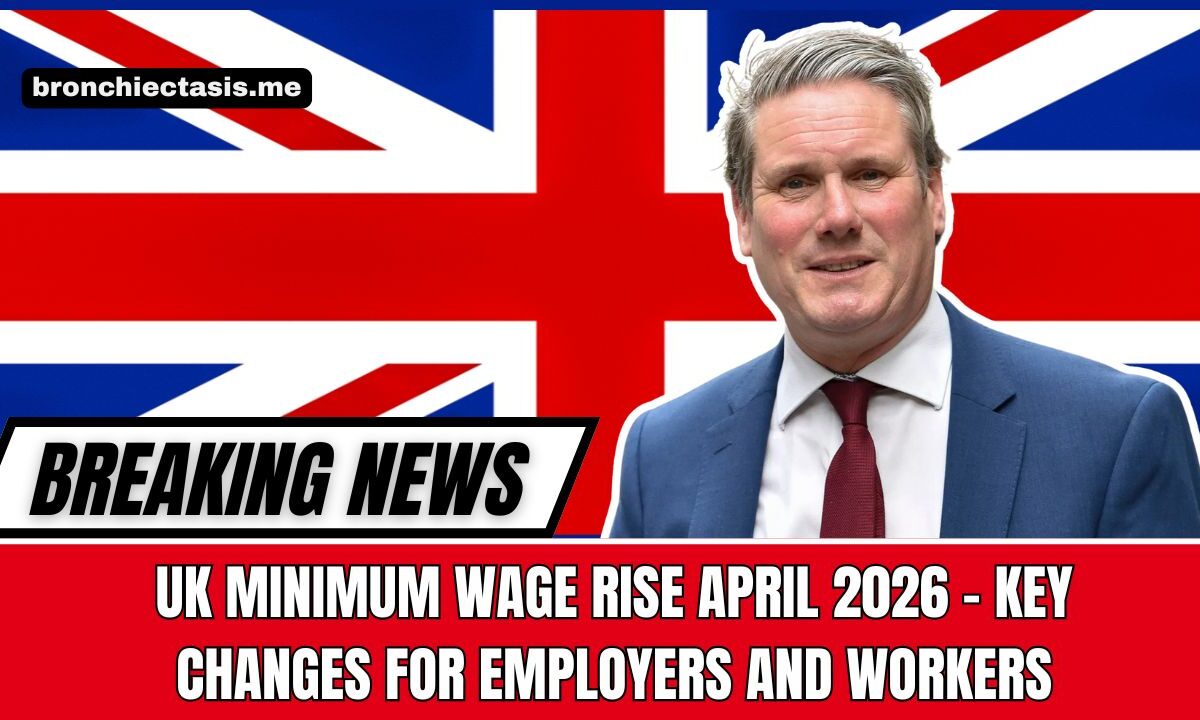From April 2026, the UK minimum wage is set to rise significantly, with new National Minimum Wage (NMW) and National Living Wage (NLW) rates impacting millions of workers and businesses.
This change aims to ensure wages keep pace with inflation while improving financial security for low-paid workers. However, it also presents new compliance responsibilities for employers.
New Rates from April 2026
The UK Government has confirmed that the National Living Wage, currently applying to those aged 21 and over, will rise again in April 2026. Projections suggest an increase of 5–6%, likely pushing the NLW above £12 per hour.
Younger workers and apprentices will also benefit from higher rates, narrowing the gap between pay bands.
Here’s a projected overview of the minimum wage rates effective April 2026:
| Category | Current Rate (2025) | Projected April 2026 Rate |
|---|---|---|
| National Living Wage (21+) | £11.44 per hour (est.) | £12.05–£12.15 per hour |
| 21–22 Year Olds | £11.44 per hour | £12.00 per hour (aligned with NLW) |
| 18–20 Year Olds | £8.60 per hour | £9.00 per hour |
| 16–17 Year Olds | £6.40 per hour | £6.75 per hour |
| Apprentices | £6.40 per hour | £6.75 per hour |
(Final rates will be confirmed by the Low Pay Commission in late 2025.)
Who Will Be Affected?
The wage increase impacts:
- Full-time and part-time staff in retail, hospitality, and care sectors.
- Seasonal and zero-hour contract workers.
- Apprentices and young workers, who will see improved starting wages.
For workers, the rise means higher take-home pay and better support for essentials like housing, food, and transport. For employers, it means higher staffing costs and potential adjustments in payroll and pricing structures.
Minimum Wage Law in the UK
By law, employers must pay at least the minimum wage to all eligible workers. HM Revenue & Customs (HMRC) enforces this, with penalties up to 200% of the underpayment (capped at £20,000 per worker).
Employers found underpaying must also repay arrears in full and may face public naming and reputational damage.
National Living Wage vs National Minimum Wage
- National Minimum Wage (NMW) – applies to younger workers and apprentices.
- National Living Wage (NLW) – applies to workers aged 21 and over.
The National Living Wage is set by the government and differs from the “Real Living Wage” promoted by charities, which is voluntary and based on real living costs.
Impact on Workers
For employees, this increase means:
- Higher wages to help cope with rising living costs.
- Fairer pay for younger workers, reducing wage gaps.
- Better job attraction and retention, particularly in entry-level roles.
This is especially positive for retail, hospitality, and social care staff, who make up a large portion of minimum-wage earners.
Impact on Employers
For businesses, the wage increase will:
- Raise payroll costs, particularly in labour-intensive industries.
- Require updates to payroll systems, staff contracts, and budgeting.
- Create pressure for price adjustments to offset higher staffing expenses.
Small businesses may feel the strain more acutely, making early preparation essential.
Preparing for April 2026
Workers should:
- Review payslips to ensure compliance.
- Keep records of hours worked.
- Report underpayment concerns to HMRC.
Employers should:
- Plan budgets to absorb higher costs.
- Update payroll systems and staff contracts.
- Communicate wage changes clearly to staff.
- Consider offering slightly higher than minimum wage to retain talent.
The UK minimum wage rise in April 2026 is a major milestone for both workers and employers. While employees gain from higher wages and greater financial security, employers must prepare for higher staffing costs and compliance obligations.
With the right planning, this change can benefit businesses through improved productivity, staff morale, and retention, while ensuring fair pay across the workforce.
FAQs
How much will the National Living Wage be in April 2026?
It is projected to rise above £12 per hour, with final figures confirmed in late 2025.
Will younger workers also get a pay increase?
Yes. Workers under 21 and apprentices will see percentage increases, narrowing the gap between pay bands.
What happens if employers fail to comply?
They risk penalties up to 200% of underpaid wages, repayment orders, and being publicly named for underpayment.

